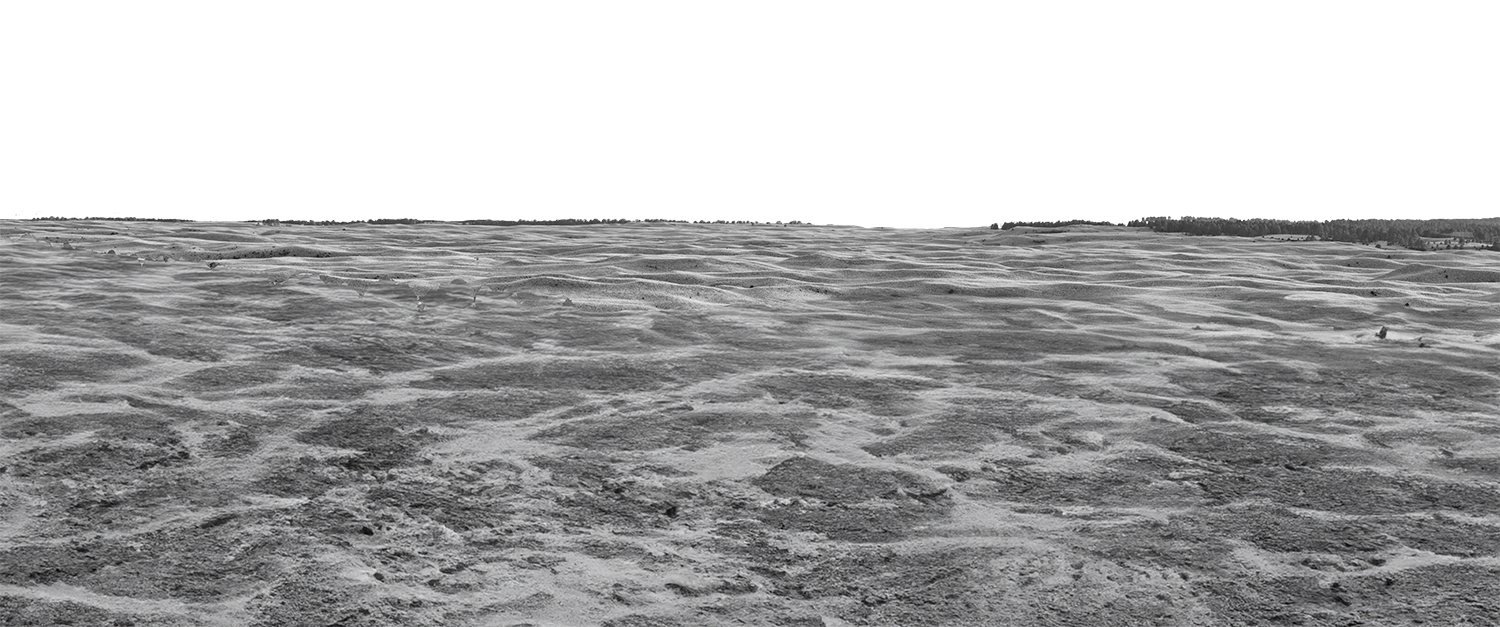Discovering virus’s impact on food webs
Maybe it was turning the tables on a virus during a pandemic, but Nebraska ecologist John DeLong’s groundbreaking discovery went, well, viral.
“We were shocked,” said DeLong, associate professor of biological sciences. “We understood it was an important observation, but we didn’t expect this global wave of notice.”
The concept is simple. DeLong and his team discovered that Halteria, single-celled ciliates found in lakes, can survive and reproduce solely on a diet of virus, a process termed virovory.
Their finding, however, is rewriting our understanding of food web structures. Results were published in the Proceedings of the National Academy of Sciences.

That some freshwater microbes snack on viruses has been known and isn’t surprising; they’re full of nutrients. That a ciliate can thrive on an abundant virus suggests virovory has population-level implications, enough to send carbon and other nutrients out of the microbial milieu and up the food chain.
DeLong’s discovery began after meeting renowned Nebraska virologist James Van Etten and others studying chloroviruses, which infect algae. DeLong brought an ecological perspective to their collaboration.


Chloroviruses’ numerous ecological mysteries keep the team intrigued, including discovering that certain microbes seek them out.
“That doesn’t sound like a good idea. As soon as the notion that they’re being eaten crossed my mind, I was in a position to think of (microbes) as predators,” said DeLong, who specializes in predator-prey interactions. “That’s it right there: When a predator eats something, that’s how energy flows in food webs.”
Laboratory experiments determined Halteria is particularly keen. After isolating Halteria with chloroviruses, the team demonstrated the ciliate continued to thrive.

Previously, scientists believed aquatic viruses suppress nutrient flow by breaking down hosts into particles for other microorganisms. As prey, however, chloroviruses’ global abundance could be significant.
“The big goal now is to assess the scale of carbon movement through the food web that can be attributed to virovory,” DeLong said. “It could be a massive amount of carbon moving into (ciliates) and into crustaceans and into fish.”
An award from the National Science Foundation’s Established Program to Stimulate Competitive Research, known as EPSCoR, funded this work.
+ Additional content for Discovering virus’s impact on food webs
News release: Eating viruses can power growth, reproduction of microorganism
National Geographic: Viruses as prey? It’s just one of the surprising roles they play
Science News: Scientists have found the first known microbes that can eat only viruses








